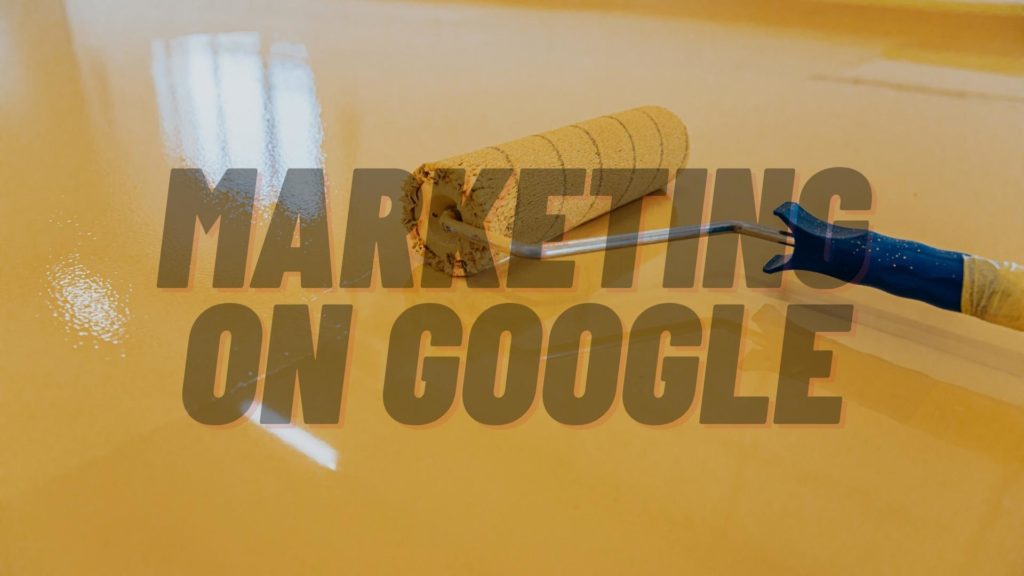
In today's digital age, businesses are increasingly turning to online advertising to drive sales and increase brand visibility. Among the most effective platforms for online advertising is Google Ads, which offers businesses the ability to reach potential customers right when they're searching for related products or services. For businesses in the concrete coatings industry, Google Ads represents a powerful tool for capturing leads, increasing conversions, and boosting ROI. This article will explore how to maximize the potential of Google Ads for Concrete Coatings, providing insights, strategies, and best practices tailored to this niche.
Understanding the Concrete Coatings Market
Before diving into Google Ads strategies, it's essential to understand the concrete coatings market. Concrete coatings are protective and decorative layers applied to concrete surfaces, often used in residential, commercial, and industrial settings. These coatings offer benefits such as durability, enhanced appearance, and protection against weathering, chemicals, and other environmental factors. The market is diverse, with various products including epoxy coatings, polyurethane coatings, and acrylic sealers, among others.
Given the specialized nature of this market, businesses in the concrete coatings industry need to be strategic in their advertising efforts. Unlike mass-market products, concrete coatings cater to specific customer needs, making targeted advertising crucial.
Why Google Ads for Concrete Coatings?
Google Ads, formerly known as Google AdWords, is a pay-per-click (PPC) advertising platform that allows businesses to display ads to users who are actively searching for related products or services. Here’s why Google Ads is particularly effective for the concrete coatings industry:
- High Intent Audience: Google Ads allows businesses to target users who are actively searching for concrete coatings or related services. These users are often further down the sales funnel and more likely to convert.
- Precise Targeting: With Google Ads, you can target specific keywords, demographics, locations, and even times of day, ensuring your ads reach the right audience.
- Measurable Results: Google Ads provides detailed analytics, allowing you to track the performance of your ads and adjust your strategy based on data.
- Flexibility and Control: You can control your budget, bidding strategies, and ad placements, making it a versatile platform that can be tailored to your business goals.
Setting Up Your Google Ads Campaign
To effectively leverage Google Ads for your concrete coatings business, follow these steps:
- Keyword Research: Start by identifying the keywords potential customers are likely to use when searching for concrete coatings. Tools like Google Keyword Planner can help you discover relevant keywords and assess their search volume and competition level. Focus on long-tail keywords, such as “garage floor epoxy coating” or “industrial concrete sealer,” as these are more likely to attract qualified leads.
- Create Compelling Ad Copy: Your ad copy should be clear, concise, and compelling. Highlight the unique selling points (USPs) of your concrete coatings, such as durability, aesthetic appeal, or quick installation. Include a strong call-to-action (CTA) to encourage users to click on your ad, such as “Get a Free Quote” or “Call Us Today.”
- Ad Extensions: Use ad extensions to provide additional information and increase the visibility of your ads. For instance, location extensions can display your business address, while call extensions allow users to call you directly from the ad. Other useful extensions include sitelink extensions, which can direct users to specific pages on your website, and review extensions, which can showcase customer testimonials.
- Landing Page Optimization: Ensure that the landing pages your ads direct users to are optimized for conversions. The landing page should be relevant to the ad and offer a clear value proposition. Include strong visuals, customer testimonials, and a straightforward form for users to request a quote or contact you. A well-optimized landing page can significantly improve your ad’s conversion rate.
- Targeting and Bidding Strategies: Use Google Ads’ targeting options to ensure your ads are seen by the right audience. You can target by location (e.g., specific cities or regions), demographics (e.g., age, gender), and even by device (e.g., mobile vs. desktop). When it comes to bidding, consider using automated bidding strategies like Target CPA (Cost-Per-Acquisition) or Maximize Conversions to optimize your budget for the best results.
Monitoring and Optimizing Your Campaign
Once your campaign is live, it's crucial to monitor its performance and make adjustments as needed. Here’s how:

